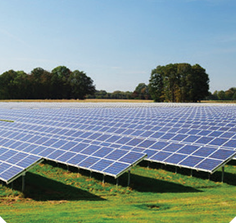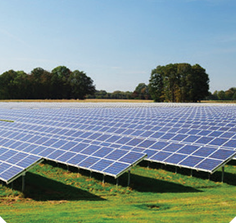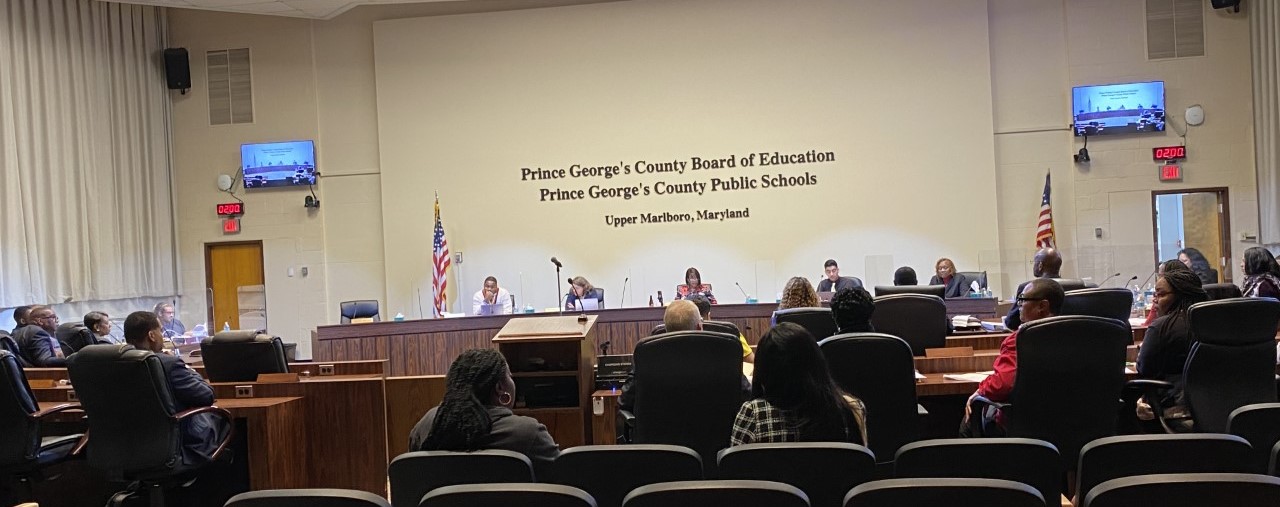Opinion: Yes, Maryland Must Move Toward 100% Renewables. Here’s How to Get There

In response to the commentary, “Maryland Must Act Fast on Offshore Wind or Risk Being Left in the Dust” [Maryland Matters, May 31], the Maryland, D.C., Delaware, Virginia Solar Energy Industries Association, the Utility Scale Solar Energy Coalition and the Mid-Atlantic Renewable Energy Coalition wholeheartedly agree with Dr. Arjun Makhijani that Maryland must act and must act now in order to be able to compete with neighboring states in the renewable energy economy.
However, we differ in our assessment of Maryland’s existing Renewable Portfolio Standard. Maryland’s RPS is very important to the advancement of renewable energy development in Maryland and within the PJM grid to which Maryland is connected.
Maryland currently imports approximately 40 percent of its power from other states, and the majority of this is from non-renewable sources like coal and natural gas. While Makhijani laments the importation of renewable electricity from other states, he neglects to mention that imported renewable energy displaces “brown” power and makes Maryland’s electricity greener.

As a state with limited domestic power generation, Maryland will continue to import electricity from other states as it does today, but thanks to the RPS, each year that electricity gets a little cleaner. The RPS balances the benefits of having the lowest cost renewable energy available in the regional grid along with support for local sources like Maryland solar and offshore wind energy, which bring additional benefits.
Makhijani’s analogy comparing the use of renewable energy credits to buying ineffective pieces of paper is deeply flawed and misleading. RPS programs incentivize investment in new renewable generation by creating demand and a tradeable mechanism to meet the demand (i.e. renewable energy credits, which are units of energy produced by wind, solar, and other sources of energy that are not coal, gas and nuclear). Utilities must purchase RECs based on the amount of power they supplied to households and businesses. This market mechanism ensures that supply meets demand at the lowest cost to customers.
To meet the demand for renewable energy for all the neighboring state RPS programs through 2030, it would take roughly 110,000,000 renewable energy credits per year. Currently those states combined only have around 54,000,000 Tier 1 RECs available annually to meet all of that demand.
Simply stated, the mid-Atlantic region will need to nearly triple existing renewable energy credits in order to meet that demand, and those new RECs will come from new wind and solar farms. Maryland’s wind and solar industry want to be at the forefront of building that infrastructure and that’s why we are backing the Maryland Clean Energy Jobs Act.
Makhijani is correct in that Maryland must act fast or be left in the dust. New Jersey recently expanded its RPS to 50 percent, as has Washington, D.C. Virginia passed a law enabling the construction of 5,000 megawatts of wind and solar farms. Maryland must continue being a leader in the region and incent faster additions of wind, solar and offshore wind projects by passing the Maryland Clean Energy Jobs Act in 2019.
The Maryland Clean Energy Jobs Act would stabilize the solar industry in Maryland by increasing the solar carve-out nearly seven-fold and building on previous RPS success which has enabled Maryland to boast a solar industry of over 174 companies and 5,400 employees. The Clean Energy Jobs Act would also double the carve-out for offshore wind. The increases in both solar and wind would equate to in-state 24,000 jobs over the lifetime of the RPS through 2030.
Like Makhijani, we agree the Maryland General Assembly needs to act fast to achieve Maryland’s climate goals and to be competitive with our neighboring states in the renewable energy market. That is why we are calling on the Maryland General Assembly to pass the Clean Energy Jobs Act in 2019 to send a strong signal that Maryland’s renewable energy industry is “open for business.”
BRUCE BURCAT
DAVID MURRAY
The writers are, respectively, with the Mid-Atlantic Renewable Energy Coalition and the Maryland, D.C., Delaware, Virginia Solar Energy Industries Association.



 Creative Commons Attribution
Creative Commons Attribution